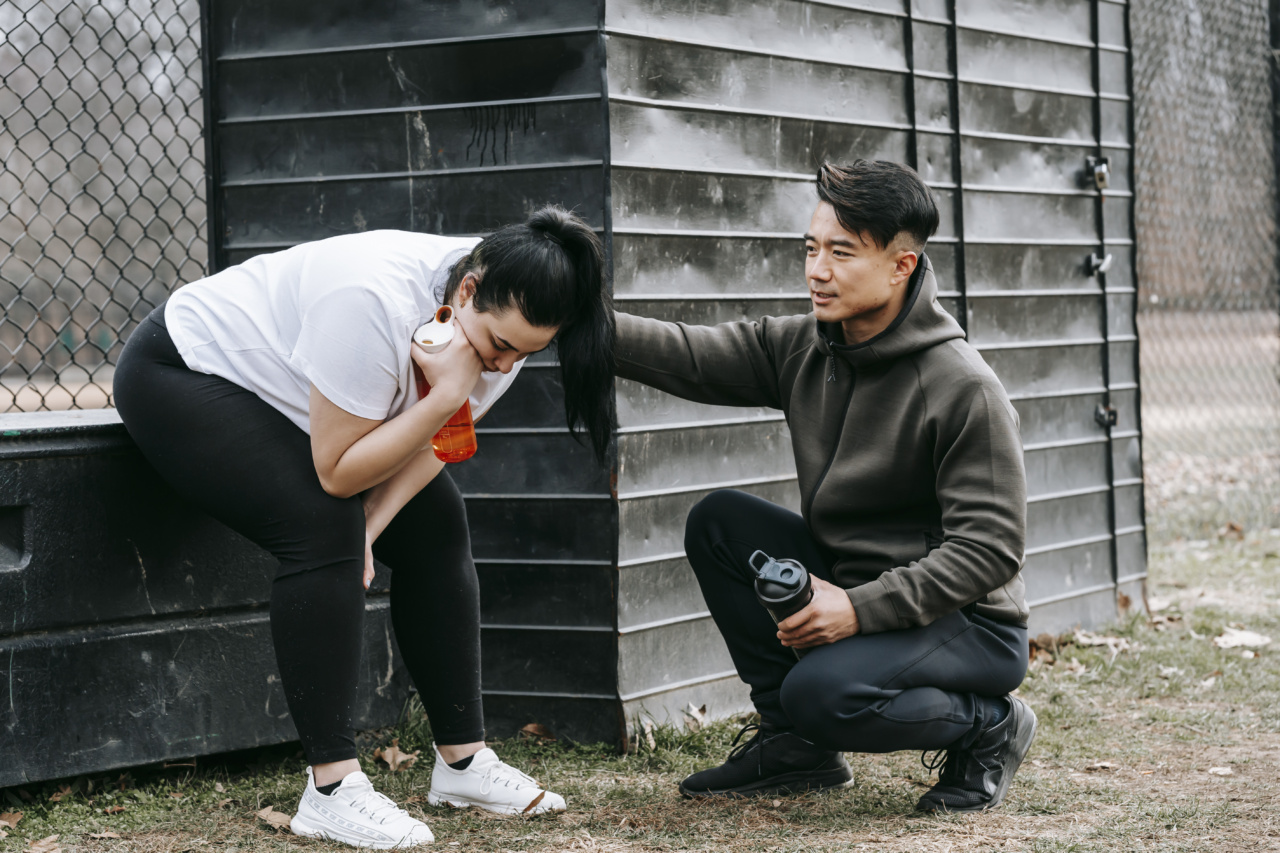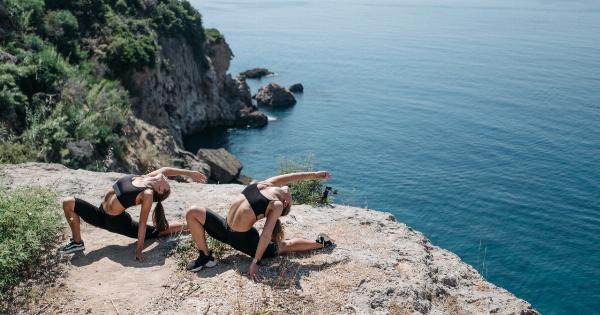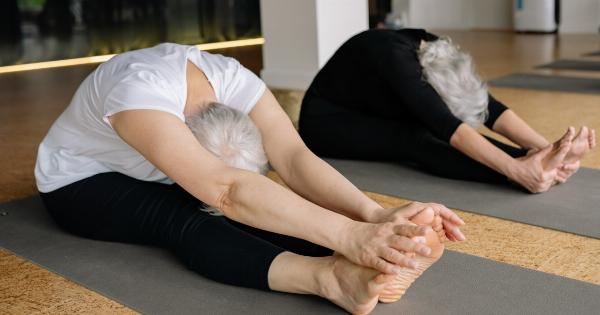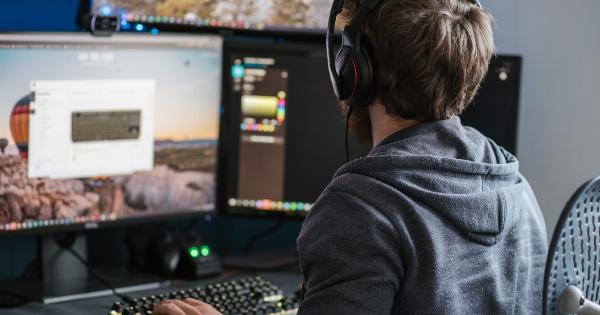Bladder control issues can be a source of embarrassment and discomfort for many individuals. However, there are effective exercises that can help improve bladder control and reduce or even eliminate symptoms of urinary incontinence.
Whether you have stress incontinence, urge incontinence, or a mix of both, incorporating these exercises into your daily routine can significantly enhance your bladder control. Read on to discover the top exercises that can aid you in regaining control over your bladder and leading a more confident and comfortable life.
1. Kegel exercises
Kegel exercises are one of the most well-known and effective exercises for strengthening the pelvic floor muscles, which support the bladder and other organs. These exercises involve contracting and relaxing the muscles used to control urine flow.
To perform Kegel exercises:.
- Identify the right muscles: To identify your pelvic floor muscles, try to stop the flow of urine midstream. These are the muscles you will be targeting during the exercises.
- Contract the muscles: Once you’ve identified the pelvic floor muscles, contract them for a slow count of three.
- Relax the muscles: Release the contractions and relax the muscles for a slow count of three.
- Repeat the process: Repeat the contract-and-relax cycle ten times, three times a day.
Kegel exercises can be done discreetly anytime and anywhere, as they don’t require any special equipment. Consistency is key, so try to make them a part of your daily routine.
2. Pelvic floor exercises
In addition to Kegel exercises, targeted pelvic floor exercises can further help strengthen the muscles responsible for bladder control.
Here’s a simple exercise to strengthen your pelvic floor muscles:.
- Lie down on your back with your knees bent and feet flat on the floor.
- Squeeze your buttocks and lift your hips off the floor until your shoulders, hips, and knees are in a straight line.
- Hold this position for five seconds while continuing to breathe normally.
- Lower your hips back to the floor and rest for five seconds.
- Repeat this exercise ten times, three times a day.
Pelvic floor exercises, when combined with Kegel exercises, can provide even better results in improving bladder control.
3. Bladder training
Bladder training is a technique used to gradually increase the time between bathroom trips and regain control over your bladder. It is especially effective for managing urge incontinence or overactive bladder.
Follow these steps to practice bladder training:.
- Keep a bladder diary: Keep track of your urination habits for a few days to determine any patterns or triggers.
- Delay urination: When you feel the urge to urinate, try to hold it for a few extra minutes. Start small and gradually increase the time as you gain control.
- Stick to a schedule: Establish a regular bathroom schedule, even if you don’t feel the urge to go. This helps train your bladder to hold urine for longer periods.
- Practice relaxation techniques: When the urge to urinate strikes, practice deep breathing or other relaxation techniques to calm your bladder muscles.
- Be patient and persistent: Bladder training may take some time before you see significant results. Stay committed and don’t get discouraged.
Bladder training, combined with other exercises, can be an effective way to retrain your bladder and improve overall bladder control.
4. Yoga
Yoga is a holistic practice that can benefit various aspects of your health, including bladder control. Certain yoga poses specifically target the pelvic floor muscles, promoting strength and flexibility.
Here are a few yoga poses for bladder control:.
- Chair pose (Utkatasana): Stand with your feet hip-width apart. Bend your knees and lower your hips as if sitting on an imaginary chair. Hold the pose for 30 seconds to one minute.
- Bridge pose (Setu Bandhasana): Lie on your back with your knees bent and feet flat on the floor. Press your feet into the ground, lift your hips, and bring your chest toward your chin. Hold for 30 seconds to one minute.
- Bound angle pose (Baddha Konasana): Sit on the floor with your knees bent and the soles of your feet touching. Gently press your knees toward the floor while keeping your spine straight. Hold for one to five minutes.
Regular practice of yoga can enhance mind-body awareness, improve pelvic floor muscle strength, and contribute to better bladder control.
5. Tai Chi
Tai Chi is a gentle, low-impact exercise that combines flowing movements and deep breathing. It has been shown to improve balance, flexibility, and control over the pelvic floor muscles.
Consider these Tai Chi exercises for better bladder control:.
- Cloud hands: Stand with your feet shoulder-width apart. Gently shift your weight from one foot to the other while allowing your arms to move in a flowing, circular motion.
- Golden rooster stands on one leg: Stand with your feet hip-width apart. Shift your weight onto one leg, slightly bend your knee, and lift the other foot off the ground. Hold this position for a few seconds, then switch legs.
- The horse stance: Stand with your feet wider than shoulder-width apart. Bend your knees slightly and sink your hips down. Maintain this squat-like position for as long as you can comfortably.
Tai Chi promotes relaxation, body awareness, and overall muscle control. Incorporating these exercises into your routine can help improve bladder control.
6. Pilates
Pilates focuses on core strength, alignment, and control, making it an excellent exercise method for improving bladder control. It targets the deep abdominal muscles, which indirectly support the pelvic floor.
Try these Pilates exercises to enhance your bladder control:.
- The Hundred: Lie on your back with your knees bent and feet flat on the floor. Lift your head, shoulders, and legs off the ground, keeping your arms straight by your sides. Pump your arms up and down while breathing deeply for ten counts.
- Single-leg stretch: Lie on your back with your knees bent, shins parallel to the floor, and hands interlaced behind your head. Extend one leg while hugging the other knee into your chest. Switch legs in a slow, controlled manner, keeping your torso stable.
- Swan dive: Lie on your stomach with your hands beside your shoulders. Press your hands into the ground, lift your chest, and look forward while keeping your abdominals engaged. Lower back down with control.
Regular Pilates practice can strengthen your core muscles and contribute to improved bladder control.
7. Aerobic exercises
Engaging in aerobic exercises not only supports overall health but can also be beneficial for bladder control.
Aerobic activities, such as walking, jogging, swimming, or dancing, increase blood flow to the pelvic region, improving muscle tone and control.
Make sure to incorporate at least 30 minutes of aerobic exercise into your daily routine to bolster your bladder control and overall well-being.
8. Biofeedback training
Biofeedback training is a technique that uses sensors to provide information about your body’s physiological processes. It can be helpful in learning to control the muscles responsible for bladder control.
During biofeedback training, a professional places sensors on specific areas, such as the pelvic floor or abdomen, and monitors the signals produced by your muscles.
The feedback received can assist you in gaining better control over these muscles and improving bladder control.
Consult a healthcare professional or physical therapist experienced in biofeedback training to guide you through this process.
9. Water-based exercises
Water-based exercises, such as swimming or aqua aerobics, provide a supportive environment for strengthening the muscles involved in bladder control.
The buoyancy of water reduces the impact on joints while providing resistance for muscle strengthening.
Consider joining a water-based exercise class or incorporating swimming into your routine for an effective and enjoyable way to improve bladder control.
10. Breathing exercises
Breathing exercises can help relax the muscles involved in bladder control and decrease the urge to urinate. Deep, diaphragmatic breathing activates the parasympathetic nervous system, promoting relaxation and reducing stress.
Practice the following breathing exercise to aid bladder control:.
- Sit or lie down comfortably.
- Place one hand on your chest and the other on your abdomen.
- Inhale deeply through your nose, allowing your abdomen to rise while keeping your chest still.
- Exhale slowly through your mouth, letting your abdomen fall.
- Repeat this deep breathing for several minutes, focusing on relaxation.
Breathing exercises can help manage stress-related bladder control issues and promote an overall sense of calmness.



























